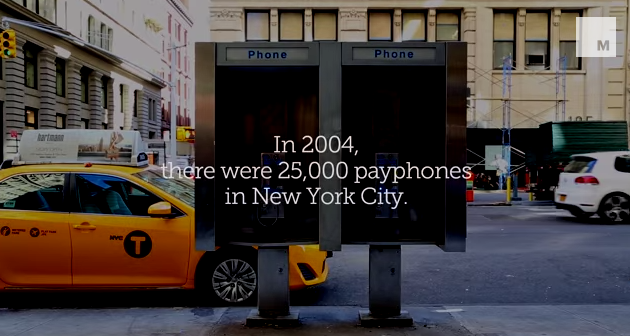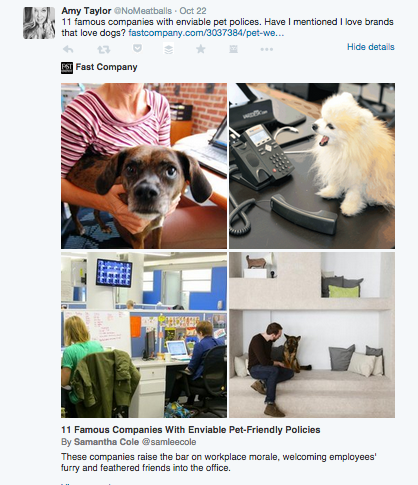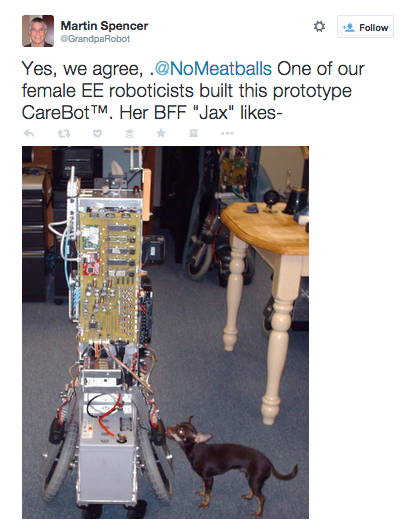 I recently visited a friend's house to discover a canister of Cafe Bustelo sitting on their countertop. With its bright yellow and red design, it stuck out like a sore thumb in a space I lovingly (and accurately) call the epitome of a hipster haven. A quick Google of Cafe Bustelo history makes me think their branding hasn't changed a whole lot since it was founded in 1931. And maybe that's a good thing. In a neutral, Pinterest-worthy space, that misfit canister was elevated to an unintentional statement piece -- a functional work of art.
I recently visited a friend's house to discover a canister of Cafe Bustelo sitting on their countertop. With its bright yellow and red design, it stuck out like a sore thumb in a space I lovingly (and accurately) call the epitome of a hipster haven. A quick Google of Cafe Bustelo history makes me think their branding hasn't changed a whole lot since it was founded in 1931. And maybe that's a good thing. In a neutral, Pinterest-worthy space, that misfit canister was elevated to an unintentional statement piece -- a functional work of art.
Industrial designer, S. Balaram once said, “If there is shit all around me, how can I eat my ice cream?” What his delivery lacks in subtlety, it makes up for in truth. We can exist without form, but why would we want to? Could we fully appreciate function of an object if there were no element of beauty? (Would Christmas magic exist if we stripped away all the wrapping?)
I've always been a fan of old things. I like rehoming baubles and bits whose stories have been surrendered at an under-market fee. One man's castoff is this woman's treasure. Part of me wonders if this affinity is a silent rebellion against the style that defined my generation. By the time I was old enough for advertising to imprint on me, the homey kitsch of the late-70s/early-80s had given way to a certain kind of neon-laden, ADD-priming marketing hysteria. (When I think back to the heart of those advertising years, the images in my mind are set to a soundtrack of laser light FX and the Kool-Aid man bursting through a wall yelling, "OH YEAH!")
In a word, 90s branding felt very frantic. It wasn't trying to tell a story, it was just screaming at you, trying to be the loudest box in the room. I'm sure it worked to some extent, as I can recall more than one grocery-store meltdown over Dunkaroos and Lunchables.




Over time, 90s branding went the way of slap bracelets and "The Rachel Cut," quietly slipping into oblivion. In the decades since, it seems the children of the 80s/90s are now championing a new age of design. And while it's fun to joke "just put an ax on it," I really like the work that's being done these days. It's thoughtful, functional and beautiful. It reminds me that design is really a craft, not a profession or an industry or a skill. As for the people propelling the design engine forward? They just might be the closest thing we have to modern-day modern artists.
Good design doesn't have a shelf life. It says something about its era; the culture, the people, the priorities. It's one part nostalgia, one part dream. And decades down the road, it still has the power to make you stop and take notice.





















